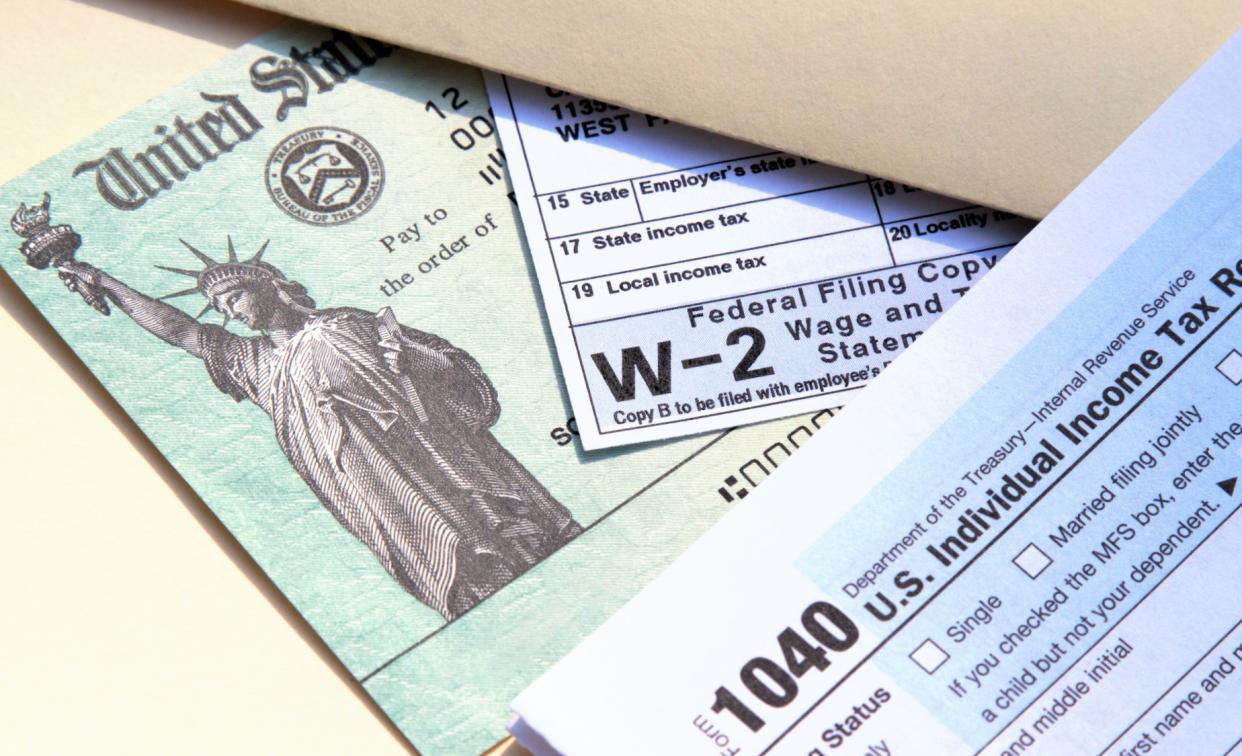How the end of expanded child tax credits led to a spike in child poverty

The child poverty rate in the United States more than doubled between 2021 and 2022, according to new data on poverty, income, and health insurance from the U.S. Census Bureau on Sept. 12. A year after the rate hit a historic low of 5.2 percent, the percentage of children living in poverty jumped to 12.4 percent. The bureau pointed to the end of the pandemic-era expansion of child tax credits in late 2021 as a critical factor in the dramatic increases.
“This represents a return to child poverty levels prior to the pandemic,” Liana Fox, assistant division chief at the Census Bureau, said during a news conference, per the Associated Press. “We did see the child tax credit had a substantial decrease in child poverty.”
The increase was “part of a wider rise in poverty recorded by the Census,” Time noted, “some of which can be attributed to inflation.” However, child advocates said, “the leap was particularly stark for kids — and was avoidable,” the outlet added.
How did the rate go from a record low to more than doubling in one year?
During the pandemic, Congress expanded the child tax credit as a part of the American Rescue Plan, which helped families stay afloat alongside stimulus checks. Families received up to $3,600 for kids under 6, and $3,000 for children aged 6 to seventeen. Officials also made the tax credit refundable, meaning families who did not make enough money to owe income tax could still be eligible for the monthly payments. This allowed millions of low-income families to be qualified and helped drive the child poverty rate to its lowest level in years.
That progress was reversed when the pandemic relief lapsed, and Congress did not vote to extend the expanded child tax credit at the end of 2021. With the program ending, millions of families lost eligibility for the credit. The child tax credit can sometimes be considered “an upside-down policy," Sharon Parrott, president of the Center on Budget and Policy Priorities, told NPR. "That's because the children who need it the most get the least, while higher income children get more." That means when the pandemic relief ended, many families no longer reached the income requirement to qualify for the credit. In contrast, families making six-figure incomes still get the full tax credit, Parrott explained. The child credit is income-based, so the more money you make, the more you earn per child.
The data highlights “that poverty in our country isn’t a personal failing, but rather a policy choice," said Melissa Boteach, vice president of income security at the National Women’s Law Center, per Time. Legislators could “lift millions of women and children out of poverty” if they “prioritize families over their wealthy donors,” Boteach added.
If the expanded tax credit was working, why wasn’t it extended?
President Biden blamed congressional Republicans for not extending the expanded child tax credit, arguing that the rise reported by the Census was “no accident.” But the push to expand the child tax credit reached a stalemate in Congress, with opposition from Democrats and Republicans. “One flash point was an insistence by some lawmakers that it should go only to families with working parents,” wrote The Washington Post editorial board. Others objected because they felt the money would discourage people from working and fuel inflation, which was already at a record high. Sen. Joe Manchin (D-W.Va.) reportedly suggested that parents would use the extra money on drugs, per Intelligencer, and he later opposed his party’s Build Back Better budget proposal, which included an extension to the child tax credit program.
On a smaller scale, it’s “encouraging that 13 states have a version of the tax credit in place,” the Post editorial board reported. Most are blue states, but “there are also programs in conservative states such as Idaho and Oklahoma, where lawmakers understand how effectively it works,” the board noted. Some Republican senators also support increasing the credit. Sen. Mitt Romney (R-Utah) proposed an increase with up to $1,400 refundable for lower-income families, while Senators Marco Rubio (R-Fla.) and Mike Lee (R-Utah) support a bump in the credit without making it refundable.

